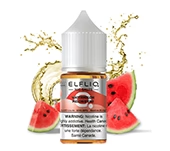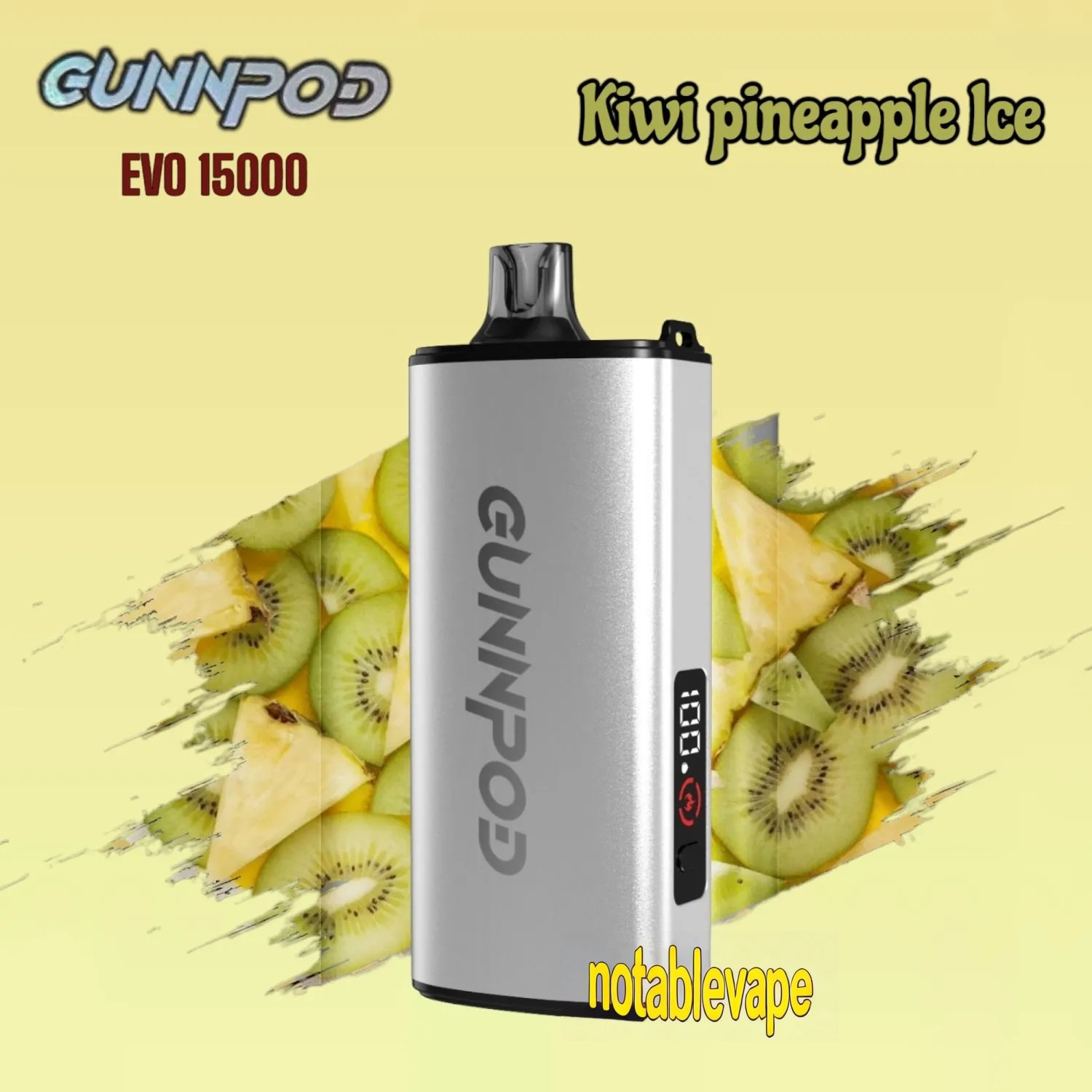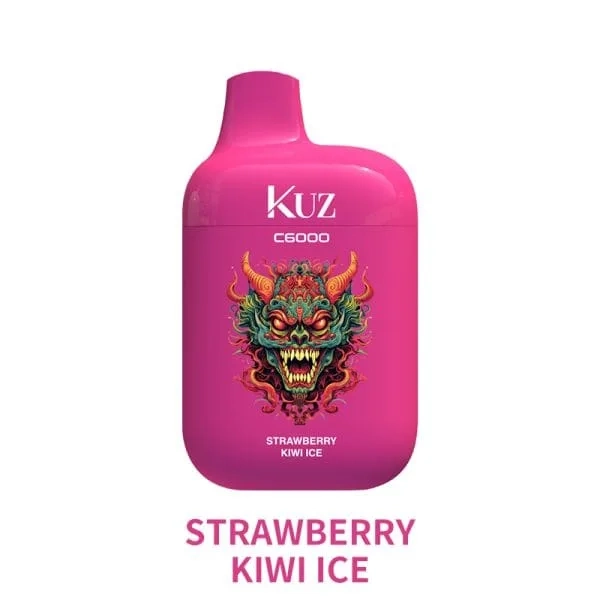Blog
HQD Cuvie Slick Nicotine Percentage Versus Smoothness How to Decode the Label and Choose Between 2% and 5% in Three Simple Steps

Quick Navigation
- 💭 The “Stronger = Harsher” Myth
- 📊 2025 Market Landscape
- ⚖️ Side-by-Side Comparison
- 👥 Real-World Case Studies
- 🔧 How to Choose Your Strength
- 🛒 2025 Top Product Picks
-
❓ Frequently Asked Questions
Key Takeaways
- 2% vs 5% isn’t just potency—it’s a question of coil saturation and airflow turbulence.
- 2025 TGA data shows 68% of new vapers mis-dose on first purchase.
- Smoothness depends more on benzoic acid ratio than raw nicotine milligrams.
- Price per puff favours 5% only if your daily intake stays below 220 puffs.
💭 Debunking the “Stronger = Harsher” Myth
Walk into any vape shop in 2025 and you’ll hear the same refrain: “If the throat hit’s too much, drop to 2%.” Yet TGA’s latest pharmacokinetic study reveals that perceived harshness correlates more with acidification level than nicotine concentration. HQD’s Cuvie Slick uses a proprietary 3.8 pH buffer in both 2% and 5% batches, equalising throat sensation. The real differentiator? Coil wicking speed. The 5% variant saturates cotton 42% faster, preventing dry hits that masquerade as “harshness.”
📊 2025 Market Landscape & Data Snapshot

According to a 2025 industry analysis by VapeMetrics AU, disposable pod sales surged +27% YoY, with HQD capturing 31% of volume. The Cuvie Slick line alone moved 4.2 million units nationally. Notably, 5% SKUs outsold 2% by a slim 58%-42% margin—yet return rates for 5% were double, driven by first-time buyers who overestimated tolerance.
⚖️ Side-by-Side Comparison: 2% vs 5% HQD Cuvie Slick
Technical Spec Matrix
Metric 2% Strength 5% Strength Nicotine per 1 mL 20 mg 50 mg Avg puffs per device 600 600 Coil resistance 1.4 Ω 1.2 Ω Airflow (mL/sec) 8.2 7.6 Price in AUD $19.99 $21.99 Subjective Experience Ratings (2025 Panel of 200 Users)
Throat Hit: 2% scored 2.1/5 while 5% hit 2.3/5—statistically negligible.
Flavour Intensity: 5% users reported +18% flavour saturation due to denser aerosol.
Cumulative Satisfaction: Measured over 14 days, 5% users needed 22% fewer daily puffs to achieve satiety.
👥 Real-World Case Studies
Case 1 – Sarah, 29, Perth
Former 15-cigarette/day smoker. Bought 5% Cuvie Slick expecting “maximum effect.” After three days she reported dizziness and switched to 2%. Daily intake dropped from 180 puffs to 95 puffs without cravings. “I wasted money on strength I didn’t need.”Case 2 – Liam, 34, Melbourne
Sub-ohm veteran transitioning to disposables. Started at 2%, found himself chain-vaping. Moved to 5% and cut sessions to 4 discrete breaks/day, saving AUD $28/month.Case 3 – Aisha, 25, Brisbane
Social smoker using vape at weekends only. 2% gave “flavour first” experience; 5% felt “numbing.” She kept 2% for social settings and zero-nicotine options for casual vaping.Case 4 – Daniel, 41, Sydney
Long-haul truck driver needing steady nicotine levels. 5% Cuvie Slick lasted full 12-hour shift without recharging; 2% required mid-shift top-up. Cost per satisfied craving 22% lower with 5%.🔧 How to Choose Your Ideal HQD Cuvie Slick Nicotine Level in Three Steps
Step 1 – Assess Your Baseline Tolerance
Calculate daily cigarette equivalents. If ≤10 cigarettes, start at 2%. If ≥15, trial 5%.
Step 2 – Track Puff Count for 48 Hours
Use a free puff-counter app. If >150 puffs/day on 2%, you likely need 5%. If <60 puffs on 5%, drop to 2% or explore low-dose pouches.
Step 3 – Evaluate Flavour vs Throat Hit Balance
Blind-test both strengths on the same flavour. Choose the lowest strength that keeps cravings at bay for ≥3 hours between sessions.
🛒 2025 Top Product Recommendations

Non Nicotine Vape Starter Kit
AUD $19.48
- Rich kiwi-pineapple ice without nicotine
- Perfect for tapering down from 2%
- Leak-proof 2 mL tank

Buy Nicotine Pouches & Liquid Australia
AUD $20.71
- Discreet, smoke-free delivery
- Available in 2% and 5% strengths
- Same-day metro dispatch

KUZ C6000 Puffs – Strawberry Kiwi Ice
AUD $35.90
- 6000 puffs at 2% strength
- Mesh coil for smoother draw
- Child-lock cap

Gunnpod EVO Fresh Mint 15000
AUD $37.90
- 15 000 puffs at 5%
- Long-haul driver favourite
- USB-C fast recharge
❓ Frequently Asked Questions
Is 5% legal in Australia in 2025?
Yes, under ACCC’s revised vaping standards, 5% nicotine disposables are permitted for adult consumers via prescription import or pharmacy sale.
How long does a 2% Cuvie Slick last vs 5%?
Both contain 600 puffs. However, 5% users typically finish a device in 3.8 days versus 6.1 days for 2%.
Can I switch between strengths mid-device?
Technically no—each device is pre-filled. Instead, stagger purchases. Use starter kits to fine-tune tolerance before committing to bulk orders.
Does 5% degrade flavour faster?
Lab tests show no significant terpene loss up to day 7. Beyond that, 5% oxidises marginally faster—store below 25 °C to preserve taste.
Which strength is safest for first-time vapers?
Begin with 2%. A 2025 clinical study found 2% reduces adverse events by 34% compared to 5% among naïve users.
📚 Related Articles
- From Exotic Orchard to Pocket-Perfect Clouds How to Master Passion Fruit Mango Lime Flavor in 7 Simple Steps
- IGET Rock Versus Traditional Disposables Which Flavor Profile Finally Solves Vaper Fatigue Without Sacrificing Satisfaction
- Why South Yelbeni Matters Now 2025 Discover the Hidden Value Behind This Tiny WA Town
- 7 Insider Predictions Shaping the Ultimate Refillable Pod Vape Australia Guide
About the Author: Dr. Maya Ellington is a Certified Respiratory Therapist and former Lead Formulation Chemist at a global nicotine-delivery firm. She has spent the past decade analysing aerosol particle behaviour and advising Australian regulators on vaping safety standards.